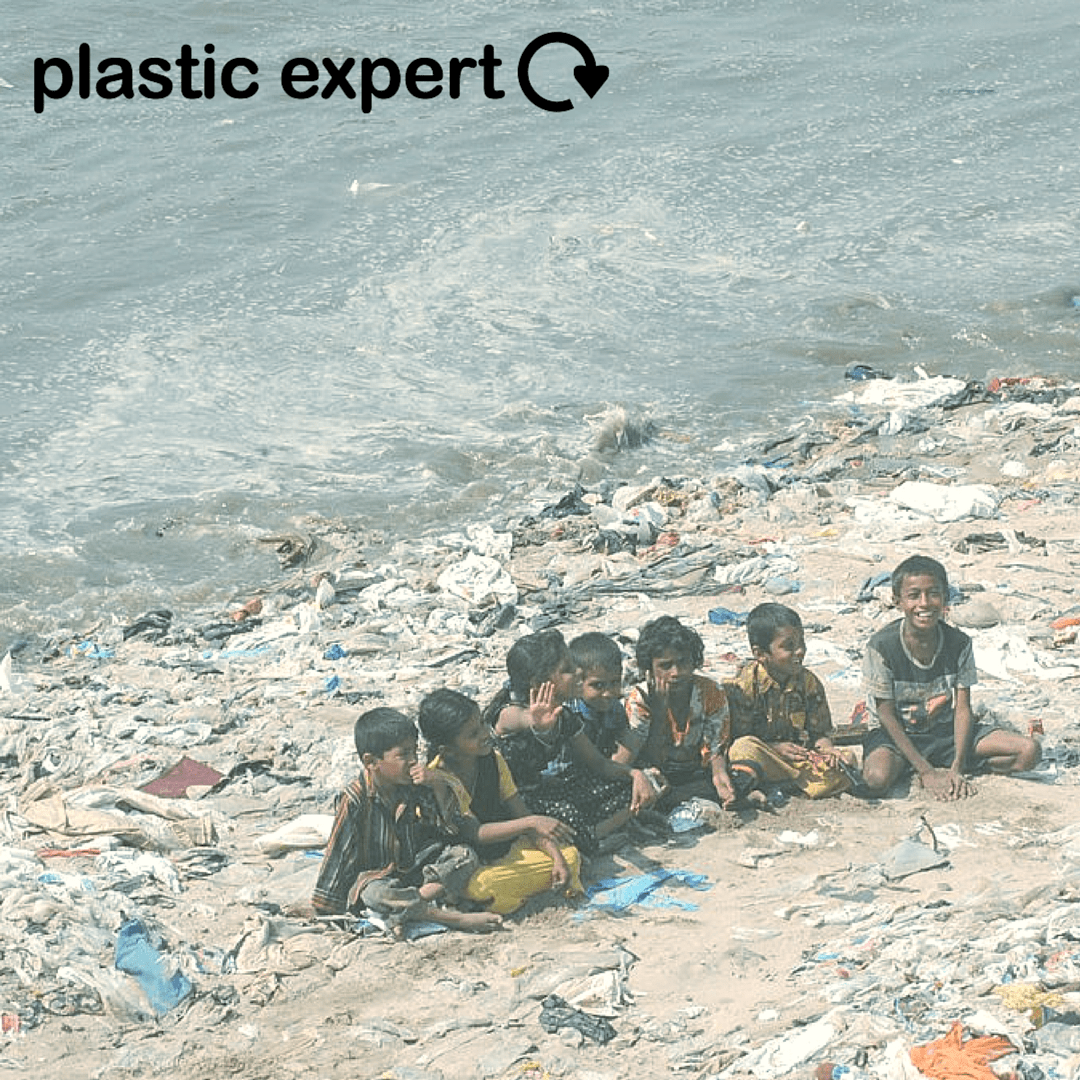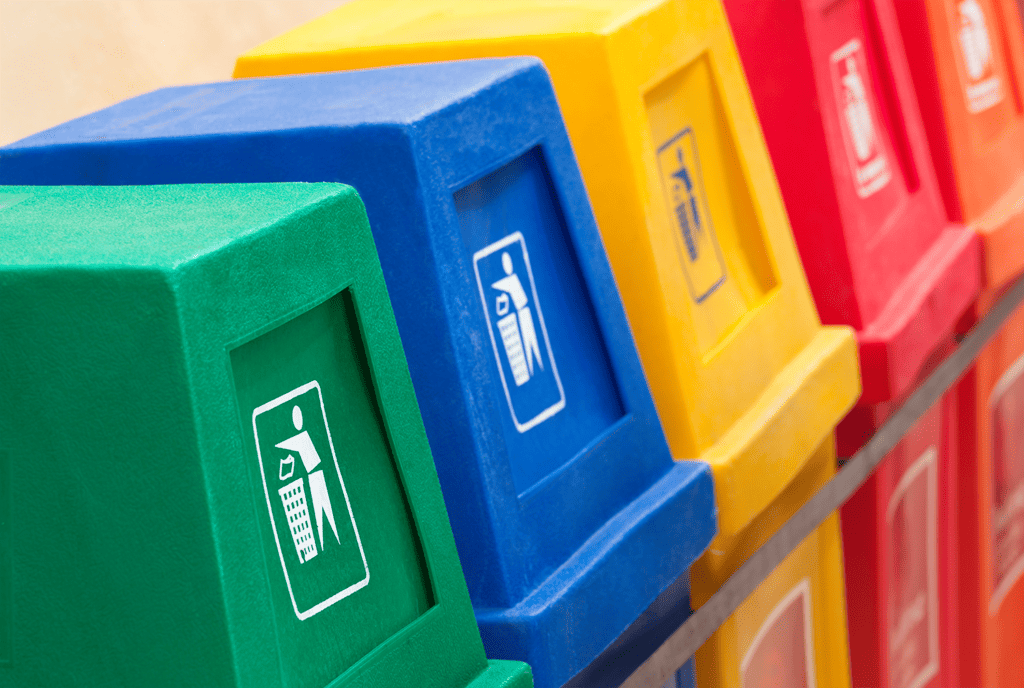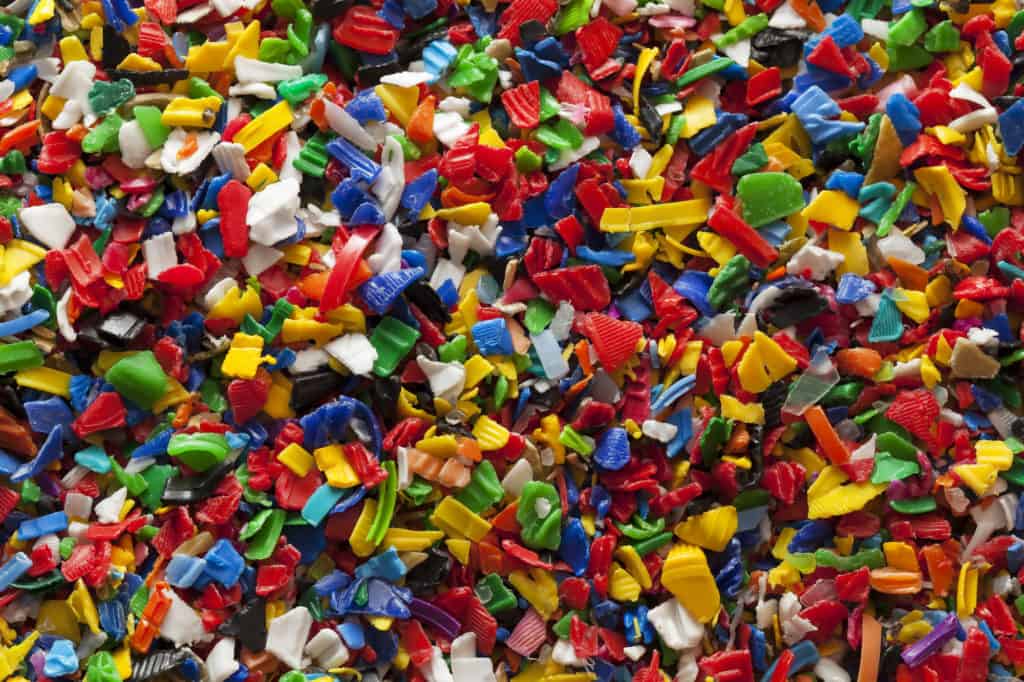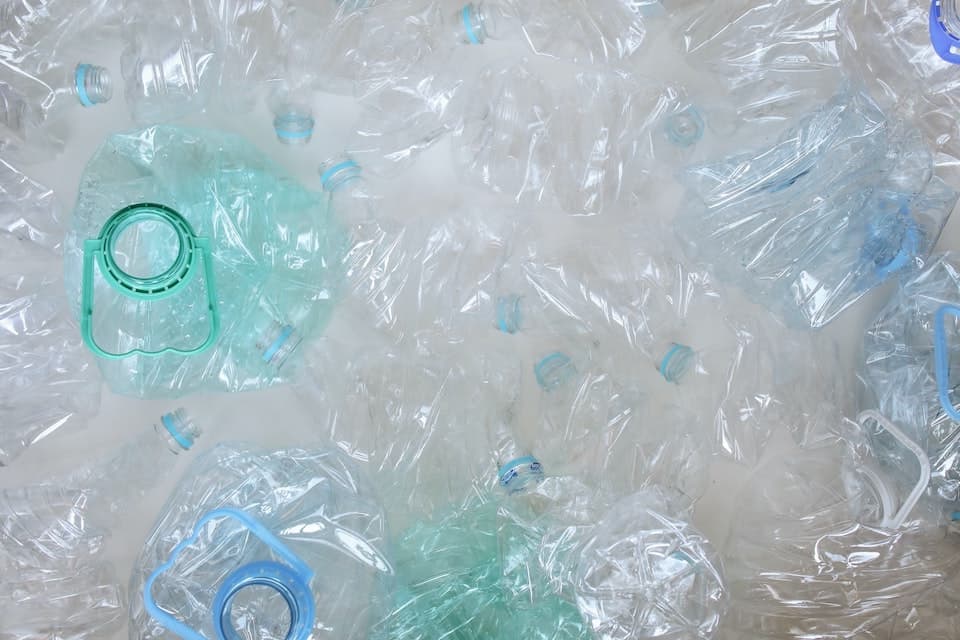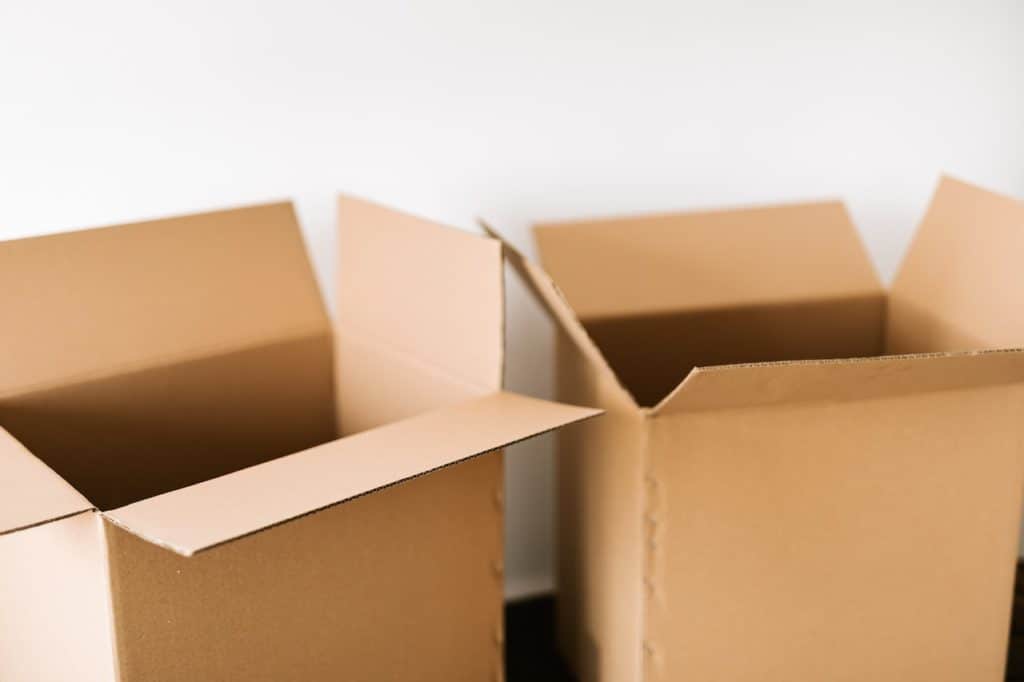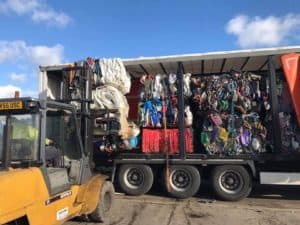In order to answer this question, we first need to know how big the bodies of water are as a part of planet Earth.
Seventy percent of the surface of this planet is water, and a big portion of all this water has already been polluted by plastic. Plastic pollution covers almost 88% of oceans and with 88% of 70% being 61.6%, this plastic issue covers more than 60% of the Earth (disregarding plastic pollution on land). This is a simple indication of how big the beach plastic issue is. And while it may not seemingly affect the climate directly, its impact on the environment could cause marine life extinctions, which will have dire consequences for us humans. The way in which humans are destroying natural habitats is unfounded.

Sand covered in plastic
Plastic polymers are non-biodegradable materials, meaning they don’t actually decay or dissolve. Pieces of plastic waste on beaches and in the ocean break down into smaller pieces until they become what we call ‘Microplastic’. Before you know it, you are already standing on beach plastic. What you may believe to be sand, could in fact be plastic, and you’d be none the wiser. Now imagine you are marine life and this is the plate that you eat from!
Of course, these microscopic pieces of plastic are broken down from larger pieces of rubbish, like plastic cups, bottle caps, plastic bags and plastic bottles (the biggest portion of plastic waste on beaches). These visible pieces of beach plastic can be picked and disposed of in a better manner. Let’s not wait for the to become microscopic in size, when they are almost impossible to clean up. Let’s make a concerted effort to stop using plastic microbeads in the cosmetics industry, as these are essentially microplastics already, and are being eaten by the fish we eat!
If you don’t want to go and do beach clean ups in your spare time, you can help prevent plastic waste from ending up in rivers or oceans. Unfortunately, the poor marine creatures are the ones who suffer most, as it destroys their habitat and eventually kills them. Post-mortems have discovered dead marine animals with cancerous cysts cause by failing to digest plastic. The beach authorities could help by having more strict policies concerning litter management. Shops near beaches and rivers may replace their plastic products with more eco-friendly products made of wood, paper or organic materials, and offer more recycling options to customers. After all, the increase of litter on the beach will decrease the number of tourists and visitors, which is not good for business. Nobody wants to go to a stinky, litter filled beach!
Beach Plastic Waste Containing Fibres
Mark Browne, a marine ecologist, did an investigation of different shores around the continents, focusing on plastic pollution in bodies of water. Unsurprisingly, the shores of different continents showed one thing in common – fabric fibres.
These fabric fibres are evidence that laundry is a big factor in this issue. There are a couple of things to consider: the sewage system, and the type of fabric that shed fibres while in laundry. Browne suggested that scientists should research and develop a better type of fabric that would shed less fibre, so that even washing our clothes is not contributing to ocean damage!
Plastic Enters the Food Chain
There is undisputed evidence that plastic wastes are entering the food chain through marine wildlife. Many sea turtles are found dead in oceans and when the stomachs of the turtles are examined, there are pieces of plastic found in the turtle’s stomach. Biologists believe that the sea turtles believe that plastic bags are jellyfish and so eat them; with the plastic bag getting tangled in their organs, they die of starvation. Also, there are more seabirds found dead, and with pieces of plastic inside their stomach every year. Biologists and researchers believe that these animals are ingesting plastic waste because of their desire to constantly feed.
A study in 2015 in Southeast Asia found that more than half of the fish and seafood, bought from a market, contained plastic in trace amounts. Some even contained visible pieces!
Oceans of Human Waste
But amidst all of the bad news and “zero press coverage on ocean plastic pollutants,” there is one guy that won’t let the pandemic continue to build momentum. A 20-year old from the Netherlands, Boyan Slat, came up with an ingenious way of cleaning up our oceans and getting rid of the harmful wastes from within it. He designed a way to trap floating plastic debris from the surface of the water, collect it, bring it to land, then sell it to recycling companies. It is estimated that this technology could scoop up 7,250,000 tons of plastic within each 5 years of deployment, and in 2 decades; who knows what it could accomplish? Slat and his team started cleaning the ocean in late January this year (2016), and they hope to show us their progress by the end of this year, which is quite exciting!
Finally, someone took a step and fought back to save the environment! Slat has been gaining huge momentum and all we have to do now is support him. We may one day get to tell our kids and grand kids that we worked together with Slat and helped save our oceans. Soon we will be able to save our forests too! And who knows? Maybe we will help heal the planet’s atmosphere as well and reverse global warming dramatically.
Who knows, maybe we are just optimists?
You can read more about Boyan Slat in these previous articles:
Welcome to Trash Island
Could Ocean Micro-Plastic Be Reversed?
Boyan Slat Ocean Cleanup Update

